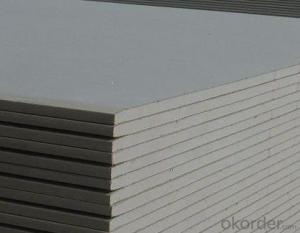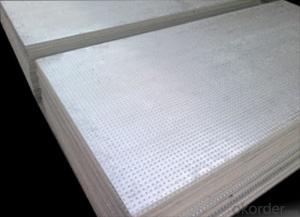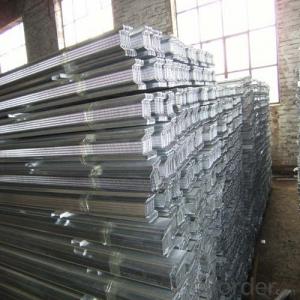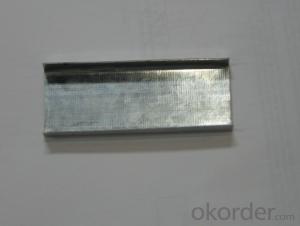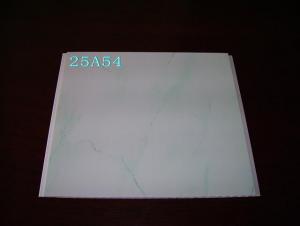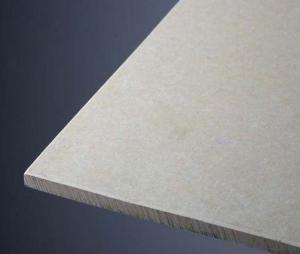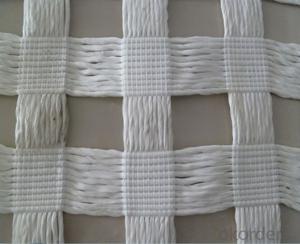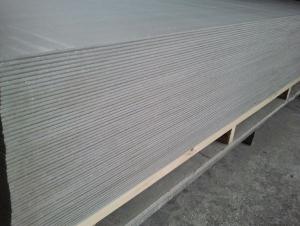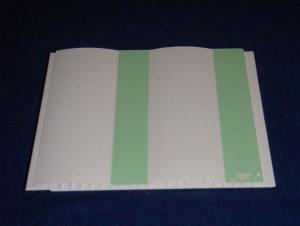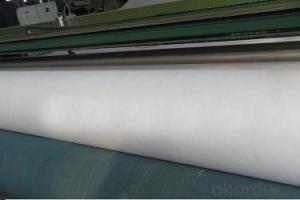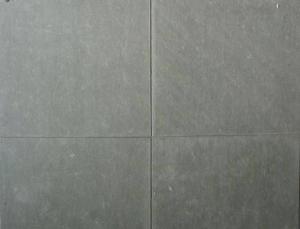Geogrid For Road Construction
Geogrid For Road Construction Related Searches
Fiber Sheet For Roof Decorative Lights For Ceiling Wall Panels For Basement Marketplace For Construction Materials Retaining Wall With Geogrid Galvanized Steel Wall Panels Stainless Steel Peg Board Stainless Steel Wall Art Stainless Steel Wall Shelves Stainless Steel WallHot Searches
Steel Mesh Panels For Sale Price For Stainless Steel Scrap Scrap Price For Stainless Steel Price For Stainless Steel Stainless Steel Plate For Sale Stainless Steel Tank For Sale Stainless Steel Sheets For Sale Cheap High Tea Sets For Sale Stainless Steel Tanks For Sale Stainless Steel For Sale High Density Fiberboard For Sale Solar Hot Water Collectors For Sale Scaffolding For Sale In Uae Scaffolding For Sale In Ireland Scaffolding For Sale In Houston Type Of Inverter For Solar Price Of Shipping Containers For Sale Types Of Inverter For Solar Stock Price For Aluminum Fiberglass Scaffolding For SaleGeogrid For Road Construction Supplier & Manufacturer from China
Okorder.com is a professional Geogrid For Road Construction supplier & manufacturer, offers integrated one-stop services including real-time quoting and online cargo tracking. We are funded by CNBM Group, a Fortune 500 enterprise and the largest Geogrid For Road Construction firm in China.Hot Products
FAQ
- Yes, geogrids can be used in the reinforcement of concrete pavements. Geogrids are often used as a cost-effective solution to enhance the strength and durability of concrete pavements. They help to distribute the load more evenly, reducing cracking and improving the overall performance and lifespan of the pavement.
- Geogrids help in reducing the environmental impact of construction by providing stabilization and reinforcement to the soil, leading to a reduction in the amount of excavation and land disturbance required. This helps to minimize the need for additional resources and materials, as well as the overall carbon footprint of the construction project. Additionally, geogrids can enhance the longevity of structures, reducing the need for frequent repairs or replacements, further minimizing the environmental impact.
- There are several different installation techniques for geogrids, including direct placement, overlay, and interlocking. Direct placement involves laying the geogrid directly on the prepared subgrade and then covering it with the desired fill material. Overlay technique involves placing the geogrid on top of an existing surface, such as an old asphalt pavement, and then adding a new layer of fill material. Interlocking technique involves connecting multiple geogrid panels together to form a continuous reinforcement layer before covering it with fill material. These installation techniques can vary depending on the specific project requirements and the type of geogrid being used.
- Yes, geogrids can be used in shoreline erosion control. Geogrids are synthetic materials that can reinforce and stabilize soil, preventing erosion. When properly installed, they can help to protect shorelines from the destructive forces of waves and currents, thereby reducing erosion and preserving the integrity of the shoreline.
- Steel wire mesh is a kind of geotechnical material
- The wire grid contact strength (tensile, shear, tensile and torsional) must be high, and better grid vertical ribs contact force transmission performance, the transverse ribs have the force to the longitudinal rib through the contact, and vice versa. Therefore, requirements must contact the overall good contact strength to close rib strength (tensile fracture is not at the junction, or both) intensity should be small, in order to match, this is the most reasonable, the most economical. Otherwise, the contact strength is much lower than the reinforcement strength, cannot play the security capability of the high strength tensile ribs, the formation of structural consequences caused by the "big horse car" type of waste
- Which is the most suitable for Highway Subgrade
- To have the requirements according to the design drawings
- Yes, geogrids can be used in ground stabilization for wastewater treatment plants. Geogrids are commonly utilized in civil engineering projects to reinforce soil and provide stability. In the case of wastewater treatment plants, geogrids can help prevent soil erosion, improve load-bearing capacity, and enhance overall ground stability, making them a suitable option for ground stabilization in such facilities.


